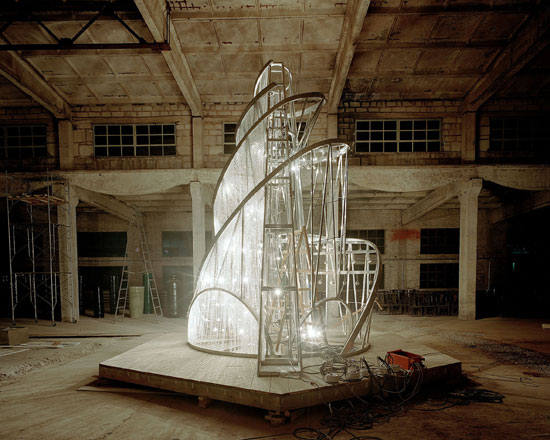Владимир Колбасов
Jun. 3rd, 2012 20:08 Владимир Колбасов родился в городе Ленинграде в 1960 г. Основам акварельной техники начал обучаться с 1973 в Городской художественной школе под руководством Антонова Г. Н.. В 1984 году закончил Академию художеств СССР, мастерскую профессора Фомина И.И.. До 1999 г. работал в Комитете по градостроительству и архитектуре Санкт-Петербурга главным художником Василеостровского района. В 2002 году как художник-постановщик участвовал в съемках художественного фильма "Петерболд", где также сыграл одну из ролей. Член Союза Художников России. За плечами питерского художника Владимира Колбасова многочисленные персональные выставки, которые проходили и проходят с неизменным успехом, последняя прошла в 2011 году Выставочном Центре Союза Художников России. Картины находятся в частных собраниях Россия, Германии, Австрии, США, Израиля, Англии, Китая, Канады, Чехии, Польши.
Владимир Колбасов родился в городе Ленинграде в 1960 г. Основам акварельной техники начал обучаться с 1973 в Городской художественной школе под руководством Антонова Г. Н.. В 1984 году закончил Академию художеств СССР, мастерскую профессора Фомина И.И.. До 1999 г. работал в Комитете по градостроительству и архитектуре Санкт-Петербурга главным художником Василеостровского района. В 2002 году как художник-постановщик участвовал в съемках художественного фильма "Петерболд", где также сыграл одну из ролей. Член Союза Художников России. За плечами питерского художника Владимира Колбасова многочисленные персональные выставки, которые проходили и проходят с неизменным успехом, последняя прошла в 2011 году Выставочном Центре Союза Художников России. Картины находятся в частных собраниях Россия, Германии, Австрии, США, Израиля, Англии, Китая, Канады, Чехии, Польши. 
Мойка, бумага, акварель
( See more... )




























































